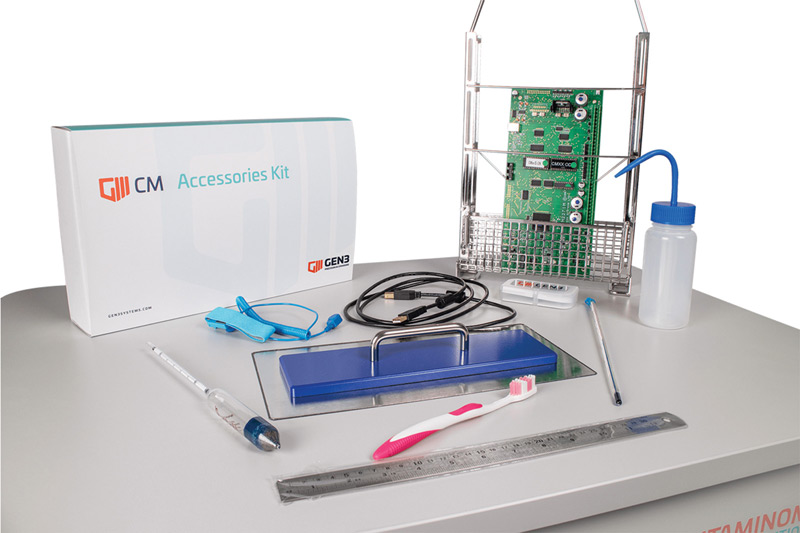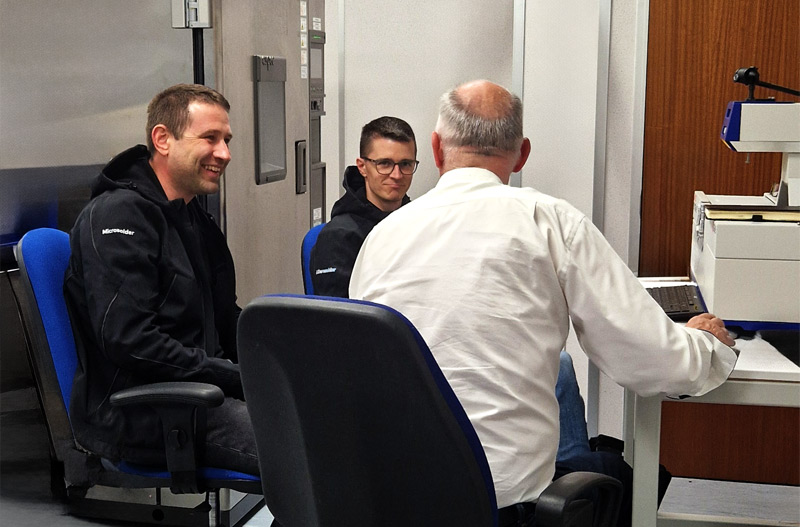Objective Evidence: What Engineers Need to Know
What is Objective Evidence?
Objective Evidence (OE) - a crucial concept that's reshaping quality standards in our industry, is the latest requirement introduced by IPC-J-STD-001, replacing the outdated ROSE test with its 1.56µg/cm² pass/fail limit2. Put simply, it's a method to demonstrate the reliability and robustness of your circuit assemblies. But why is this important?

The Importance of OE
In today's world, where electronics play an increasingly critical role in our daily lives, ensuring reliability is paramount. OE provides a more comprehensive approach to quality assurance, moving beyond simple pass/fail criteria to a more nuanced understanding of your manufacturing process. You may be wondering if this new standard applies to you, but if product reliability matters, you need Objective Evidence, so ask yourself:
- Does reliability matter for my product? (Will it hurt someone if it fails?)
- Could product failure leave me liable? (Will my insurance cover it?)
- Do I follow formal quality standards like ISO 9001?
If you answered YES to any of these, read on!
OE is about PROVING your manufacturing process is sound. It produces qualifying reference data for validating the quality of your product . This data shows that your materials and processes meet the required standard and achieving this data is simpler than you may think.
How to Achieve Objective Evidence
To put it bluntly, TEST. It's not enough to just think your process is good. You need to demonstrate that any chemical residues left on your assembly won't cause problems (like Electrochemical Migration - ECM) when exposed to heat and humidity. So, what tests do you need? Well, it’s a three-pronged approach:

- Surface Insulation Resistance (SIR) Testing: This is the primary test for obtaining OE, the result will shows how likely residues are to cause electro chemical migration (ECM), and we don’t need to tell you the problems ECM can cause you as a manufacturer, let alone the risks to the end user.
- Ion Chromatography (IC): This test identifies the specific chemical residues on your board. It doesn't have a simple pass/fail, but when combined with SIR testing or field data can be used to create objective evidence to qualify a process.
- Ionic Contamination Measurements: Essential for ongoing process control, PICT can be used for regular quality checks during your production.

These techniques produce the data that constitutes your Objective Evidence.
Implementing OE in Your Process
Here's a step-by-step guide to implementing OE:
- Initial Demonstration: Use SIR testing to achieve your objective evidence. Ensure your test structures go through the entire production cycle.
- Detailed Analysis: If issues arise, use IC for in-depth investigation.
- Continuous Monitoring: Implement regular ionic contamination measurements on your shop floor for quick and effective process control.
Why OE Matters Now
The removal of the 1.56µg/cm² limit from the ROSE test has left a gap in quality assurance standards. OE fills this gap with a more comprehensive and flexible approach. It's particularly crucial if your technology is ahead of current standards, as OE allows you to demonstrate the validity of your testing methods.
GEN3's Role in OE

As industry experts, we at GEN3 are committed to helping you navigate this new landscape. We offer:
- State-of-the-art testing equipment, whether that’s by utilising our in house Technical Centre or introducing new test equipment to your production line.
- Expert knowledge and guidance, allowing us to coach you through the process of achieving OE.
- Tools for gathering and analysing objective evidence.
Moving Forward
Implementing OE may seem daunting, but with GEN3’s assistance we can ensure this crucial step in ensuring the reliability of your products runs smoothly. Regular testing and continuous monitoring are key to maintaining high standards and staying ahead in the competitive electronics manufacturing industry. So, remember, we're here to help. Whether you need equipment, expertise, or just have questions about OE, don't hesitate to reach out. Together, we can ensure your manufacturing process meets the highest standards of quality and reliability.
